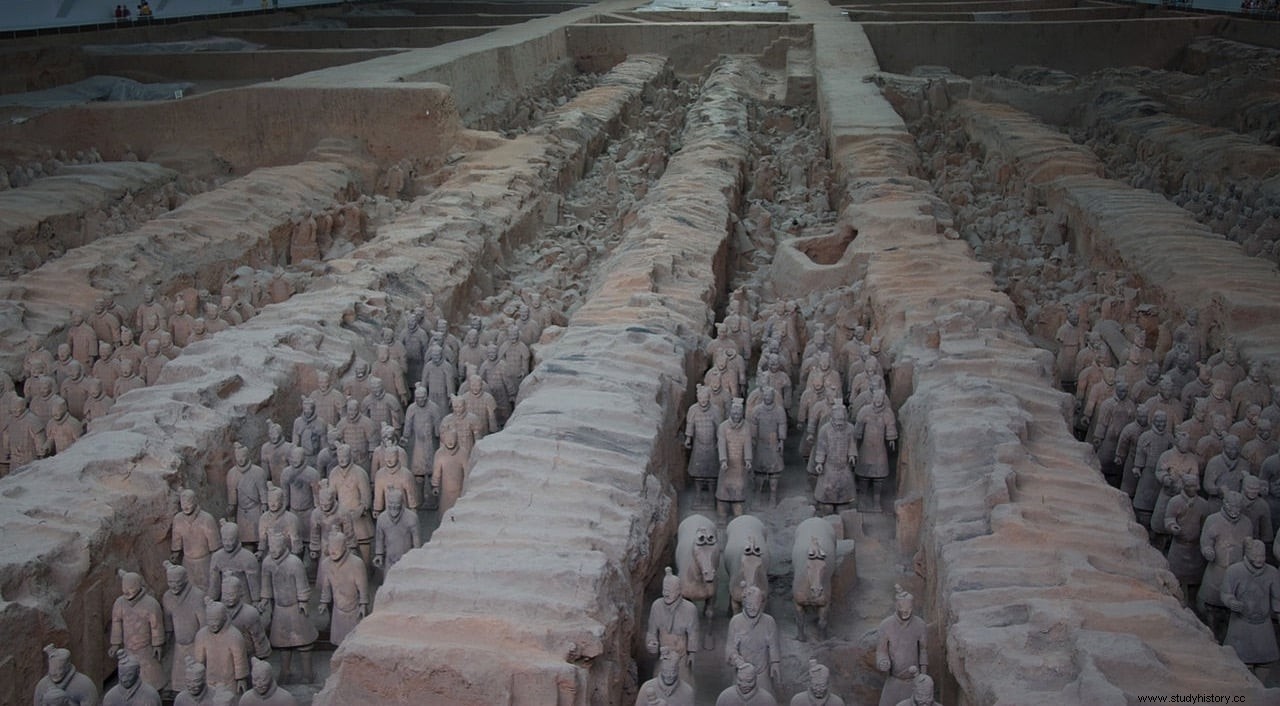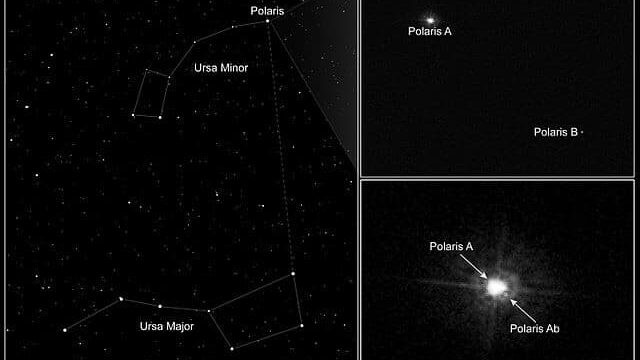The funerary complex of the first Chinese emperor of the Qin dynasty (3rd century BC) is one of the most famous archaeological sites in the world, mainly due to the discovery of the terracotta army that was to accompany the emperor to the other world. However, the mausoleum itself has never been excavated, and Chinese scientists have a good reason for that, as we explained in a previous article.
The mausoleum is under a gigantic artificial square-shaped hill, with a base of more than 350 meters and a height of more than 40 meters, which is why some consider it a kind of pyramid . A new study published in Archaeological Research in Asia and directed by Giulio Magli, from the School of Architecture, Urban Planning and Engineering of the Polytechnic of Milan, examines the orientation of this and other later mausoleums, with a truly surprising result.

All the emperors of the subsequent dynasty, the Western Han, chose to be buried under pyramids Similar. These mausoleums are still visible today in the rapidly developing landscape of Xian's northwestern outskirts along the Wei River. Also including the tombs of queens and other members of the royal families, there are more than 40 of these pyramids chinese . Of these, only two have been (partially) excavated.
The work uses simple techniques based on satellite images, together with field studies, to collect a large number of new data and, in particular, to study the orientation of the pyramidal bases. It is well known that, for example, the Egyptian pyramids are oriented with great precision towards the cardinal points, by virtue of the strong ties of the Egyptian religion with the sky and in particular with the circumpolar stars.
Although -of course- there is no connection with the Egyptian pyramids, also the Chinese emperors credited their power as a direct mandate from heaven, identifying the circumpolar region as a celestial image of the imperial palace and its inhabitants. Therefore, it was natural to expect that the Chinese pyramids, tombs of the emperors, would be oriented towards the cardinal points. It is in this sense that the results of the new study are somewhat surprising.
It turns out that these monuments can be classified according to two typologies. One of them would be made up of monuments oriented precisely to the cardinal points, as expected. In the other there are significant deviations from true north, all comparable and all in the same direction (west of north looking towards the monument).

It is impossible that this second typology was due to errors of Chinese astronomers and architects, who knew and used the compass, invented in China in a somewhat rudimentary form at that time, but there is no correspondence with paleomagnetic data. The explanation proposed in the article is therefore astronomical:the emperors who built the pyramids of the second typology did not want to point to the north celestial pole, which at that time did not correspond to any star, but to the star to which the pole would approach in the future:Polaris, the Pole Star.
All this talk may seem strange at first glance, but remember that there is a phenomenon, the precession of the earth's axis, which slowly but steadily moves the position in the sky to which the earth's axis points, and therefore the celestial pole. Chinese astronomers were almost certain of it. Today we are used to identifying the north celestial pole with Polaris (although in reality the correspondence is not perfect) but at the time of the Han emperors the pole was still far from Polaris, and with a distance in degrees approximately equal to the deviation of the Chinese pyramids of the geographic north.
